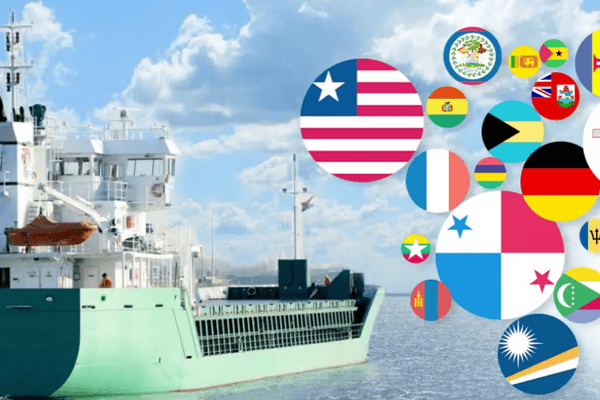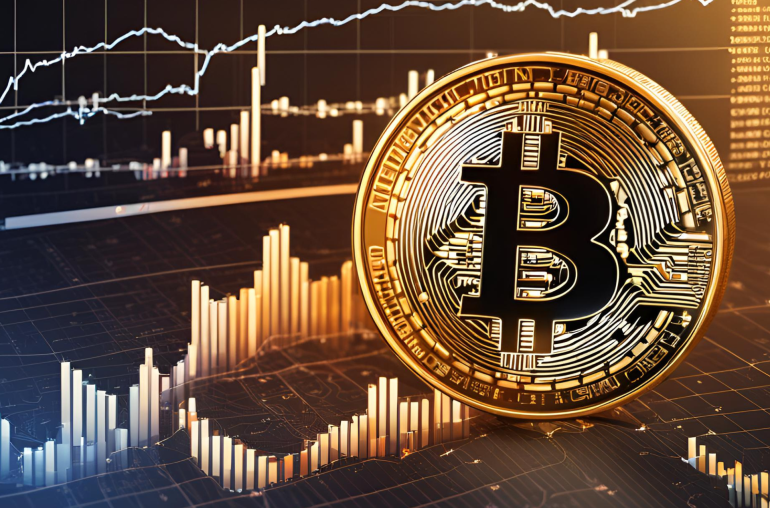
- Stories of ships unable to leave their berths in Chinese ports and waiting to enter ports because of strict Covid-lockdowns and a lack of workers to service them have all contributed to supply chain snarls that were barely recovering post-pandemic.
- More importantly for investors, signs that there could be a return to more normal logistics cycles will finally help to confirm whether inflation is driven primarily by supply chain snarls.
Much has been made about supply chain bottlenecks exacerbating inflation across the globe.
And with the U.S. squaring off against the fastest pace of price increases in over four decades, there is increasing pressure on the U.S. Federal Reserve to reign in inflation with a series of aggressive rate hikes.
Stories of ships unable to leave their berths in Chinese ports and waiting to enter ports because of strict Covid-lockdowns and a lack of workers to service them have all contributed to supply chain snarls that were barely recovering post-pandemic.
But things look to be getting better.
According to Yang Ming Marine Transport, a Taiwanese shipping giant, the number of ships waiting outside of ports in Los Angeles and Long Beach have fallen to less than 40, versus over 100 earlier this year.
And the waiting time for ships at Shanghai ports has fallen to just 2 or 3 days, compared with the 10 to 14 days at American ports.
China has created lockdown bubbles to ensure that its ports continue to operate, where port workers are sequestered and must work and live on premise, to prevent any outbreaks, and has helped ease some supply chain woes.
Shipping operations are improving in Shanghai and factories in China’s industrial heartlands are gradually restarting, but containers are piling up because of a shortage of trucks.
But once backed-up cargo ships start sailing again, there’s the prospect of a flood of containers choking up U.S. and European ports.
When supply chains are rehabilitated, the flood of ships that have been built over the past several years are likely to help bring down freight rates, and with that, the impact they have on adding to costs.
More importantly for investors, signs that there could be a return to more normal logistics cycles will finally help to confirm whether inflation is driven primarily by supply chain snarls.



